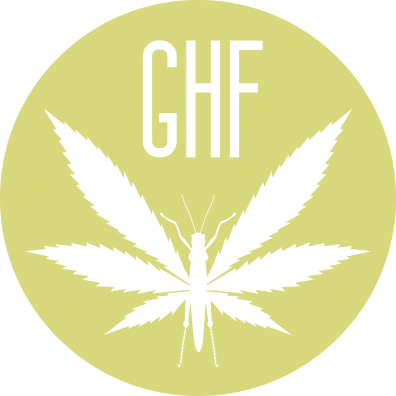The Great Cannabis Debate: Does Geographical Quality Exist?
There are things in life that command a higher price simply because of where they came from. Watches. Cigars. Wine. Cars. Coffee. But, these brands do not actually command a higher price because of their origin. Rather, they cost more because the company was able to build a brand around quality and consistency.
So, it is interesting to me to hear people discuss the merits of price differentiation in cannabis flower based on it being grown inside, in a greenhouse, or outside. People are very accustomed to paying more for indoor flower, less for greenhouse flower, and even less for outdoor flower.
But, it makes sense when we consider why.
The current market tends to use look, smell, and THC percentage to determine quality and price. The future market will move to the cannabinoid and terpene profiles. You see, these profiles are solely responsible for the effects someone will experience…which has nothing to do with where it was grown.
When this industry became illegal in 1937, people moved their grow operations inside to continue growing illegally. Sure, there were people already growing inside, but the entire industry either had to move inside or to deep forested areas. Needless to say, most went inside. As they did, a natural transition happened over generations. People became really good at indoor growing. While the cost to produce went up, the amount of environmental control did too. Also noteworthy is the price started to go up because it costs more to produce indoor flower.
Cannabis started to emerge from the shadows of criminal legality in 1973 and has been on a legalization trajectory ever since. With this change in policy came growers desiring to move back outside. This move uncovered a very important distinction - the difference between indoor growing and outdoor farming.
Anyone will tell you these are totally different disciplines for any grower of any type of plant. Those who braved the switch and headed outside found that it was more difficult than anticipated. Plants were yielding low cannabinoid and terpene profiles. Plants were highly susceptible to bugs and diseases. Plants were not passing the state lab tests. Flower material was being remediated and dropping significantly in quality. Hence, outdoor flower should cost less. Similar circumstances happened with early greenhouses as well. Even successful outdoor farmers from other places took a stab at outdoor growing in new locations and had a hard time. Local farmers will tell you that knowing your land is more important than knowing the plant.
But there are people who kept growing outside. And they continued as the market started a transition through a gray market to the commercial market. These outdoor farmers got really good at what they do - for decades. A new following started to form…turning to outdoor flower over all else.
Not so suddenly, flower grown outside was yielding nicely with THC, robust cannabinoid profiles, incredible terpene profiles, and passing the state tests. The biggest surprise to most people is that it will compete with indoor THC percentables, pass the state tests, and (perhaps most importantly) has very high terpene percentages. When we consider that the effects of marijuana come from this mix of cannabinoids and terpenes, quality then becomes a matter of the plant itself and not where it was grown.
This industry is young. People are still exploring their new options.
We at Grasshopper Farms believe there is something very special about quality outdoor flower. The sun, rain, and wind all play significant roles in the health and development of our plants. This quality is also enhanced by the moon and the outdoors.
Whatever product you reach for, just know that high quality cannabis flower can come from indoor, greenhouse, or outdoor locations. Quality of a plant should be an assessment of the plant itself, and not where it was grown.




